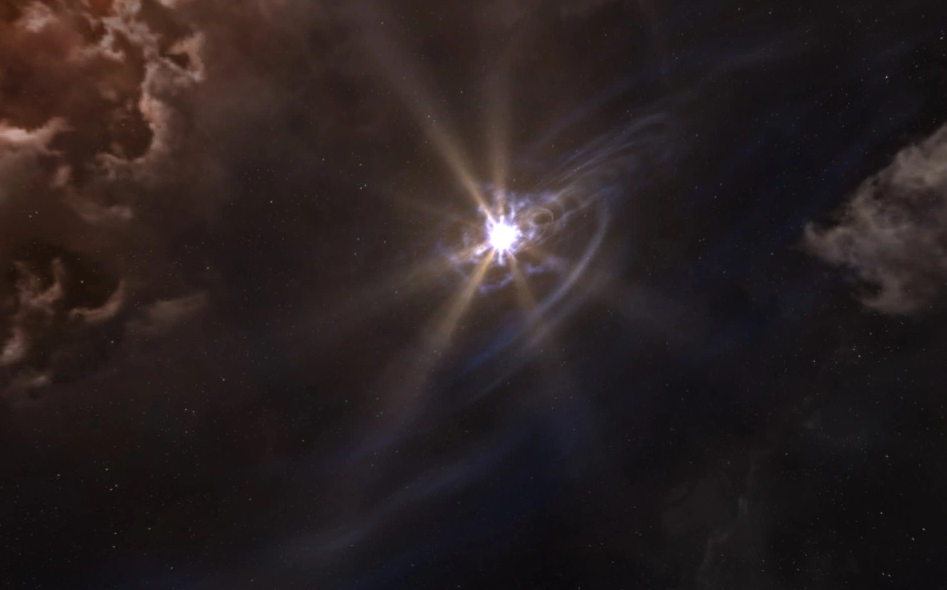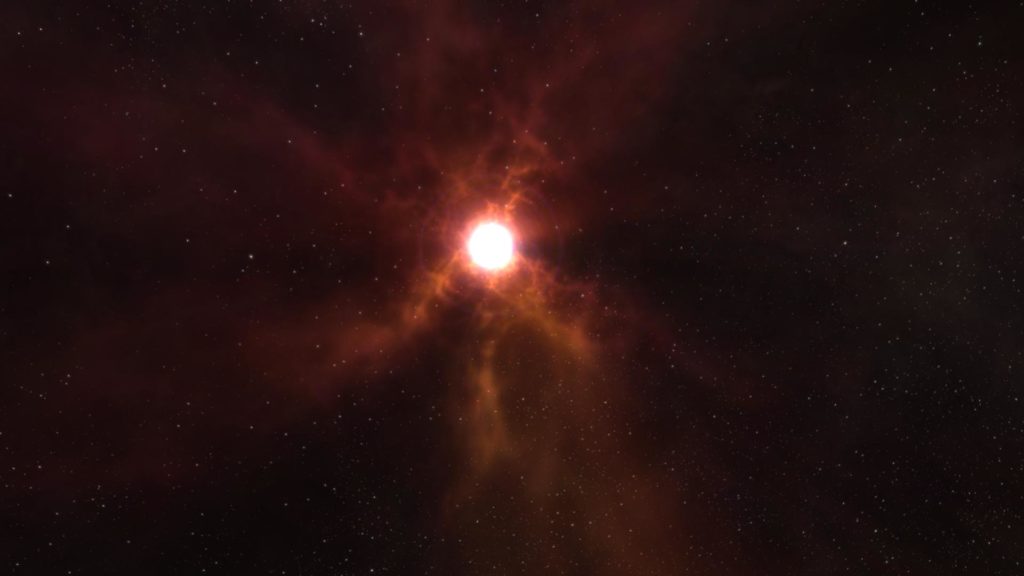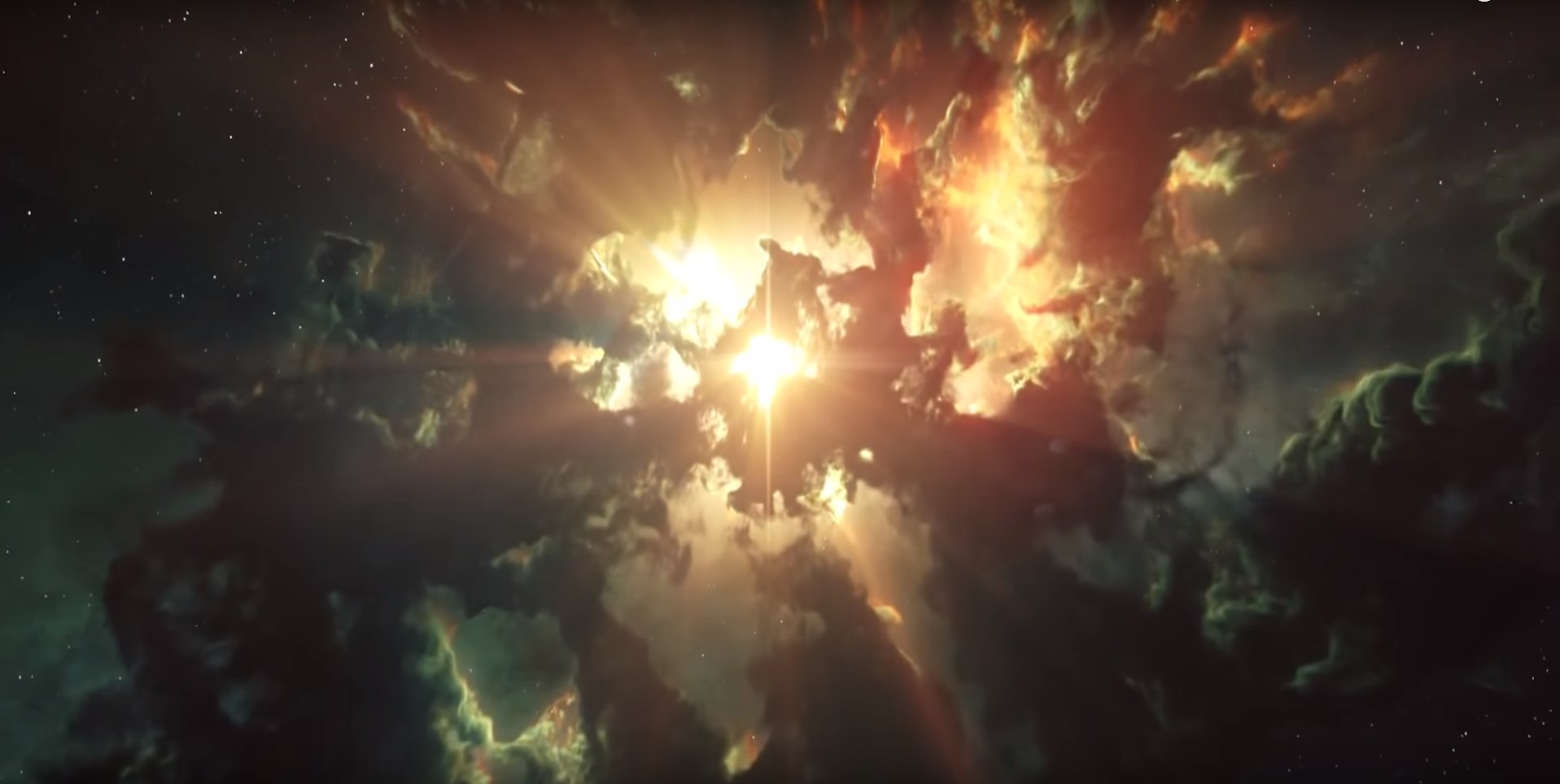Following up on the last article where we talked about wormhole mass, this is going to be more of a guide to the anomalous effects of wormhole systems and how to best exploit them. In case you didn’t already know, w-space systems can be afflicted with one of six different effects which alter the way your ship performs. They all make you stronger in some way, but come with a flip-side that gives you an edge against others should you choose to work with the bonus.
As with everything else in w-space, effects scale based on class. Alongside the tougher Sleepers, more lucrative sites and spookier residents, you’ll notice these celestials affecting you in bigger ways. Take for example a Pulsar increasing your shield capacity by just 30% in a C1 but doubling it by the time you’re in a C6. Without further ado though, let’s get into the details.
Black Hole

“A sufficiently compact mass will deform spacetime to form a black hole, a region of spacetime from which nothing, not even light, can escape. Around a black hole there is a surface called an event horizon that marks the point of no return.”
- + Ship velocity
- + Missile velocity
- + Missile explosion velocity
- + Targeting range
- – Stasis webifier strength
- + Ship inertia
Black holes are a fun one, the first thing you’ll notice is that you’re quicker than Sonic the hedgehog and turn about as well as a freight train. While most kiting ships can make great use of the additional velocity, the real players here are missile platforms. Take an Orthrus for example, the bonuses in a C5 are enough to get it up to 5km/s cold while projecting HAMs out past 50km easily. On top of that, the web strength reduction will make catching and holding it down a tall order.
It used to be the case that using Warrior drones in black holes would cause them to rocket off into the sunset with little chance of retrieving them; similar to ejecting your dread at a sunbounce (don’t try that). Nowadays they’re much more habitable. The inertia increase was lessened back in Hyperion and despite being so niche, they’re a fun little playground for all sorts of fits. Nano-barghests at 300km anyone?
Magnetar

“A magnetar is a type of neutron star with an extremely powerful magnetic field, the decay of which powers the emission of high-energy electromagnetic radiation, particularly very strong and characteristic bursts of X-rays and gamma rays. Magnetars are differentiated from other neutron stars by having even stronger magnetic fields, and rotating comparatively slowly, with most magnetars completing a rotation once every one to ten seconds.”
- + Damage
- + Missile explosion radius
- – Drone tracking
- – Targeting range
- – Tracking speed
- – Target painter strength
Magnetars are a fantastic effect to have on a hole. Despite having so many detrimental effects to them, the damage bonus can almost double your DPS output in a C5 and cut your site times in half. The only problem you really have to tackle are the reductions in every type of application bar webs. As long as you web down your red crosses well in advance though, you’re looking at some of the best ISK/hour in-game.
On the other side of things with PvP and doctrine consideration, you can really leverage that damage bonus with an alpha fleet. Sleipnirs, for example, can rack up the critical one-shot mass very quickly. Just 15 of them would be enough pop T3 cruisers in a single volley and bringing additional arty Loki web support shouldn’t be an issue in that sort of fleet. Unless that’s a home defence fleet though, you’d be hard pressed to find a fight with such a doctrine and a great counter to it is to simply not fight it in a magnetar.
Cataclysmic Variable

“Cataclysmic variable stars irregularly increase in brightness by a large factor, then drop back down to a quiescent state. They consist of two component stars which are so close to each other that the gravity of the one distorts the other, forming an accretion disk of hydrogen. Cataclysmic outbursts occur when a portion of the disk material falls onto the inner star, igniting nuclear fusion reactions which rapidly convert the layer of hydrogen to helium.”
- + Shield transfer amount
- + Remote repair amount
- + Capacitor capacity
- + Capacitor recharge time
- – Remote cap transfer amount
- – Local shield boost amount
- – Local armour repair amount
Cataclysmic Variables, or CVs for short, can be a difficult hole to understand at first. Their remote repair bonuses lend themselves nicely to solo logi such as the Oneiros or Scimitar, helping double repping power. Additionally, cap chains become much less effective with up to a 50% reduction in the cap actually delivered. That doesn’t completely shut down Guardians and Basilisks, but it can certainly make life difficult for your logi wing. Fortunately, they do have a doubled cap pool to help out in a tough spot.
If you aren’t considering logi or are running with triage, you still have to be careful inside of a CV thanks to the local tank reduction. Effective DPS tanked is dropped by about half, which makes tanking in a capital a nightmare unless you have some janky setup reminiscent of slowcats. Of course, you also don’t want to even think about running a marauder or tinker setup, relying on your local tank is definitely a no-go in a CV.
Wolf-Rayet

“Wolf–Rayet stars are evolved, massive stars which are losing mass rapidly by means of a very strong stellar wind, with speeds up to 2000 km/s. They typically lose 10−5 solar masses a year, a billion times more than the standard star. Wolf–Rayet stars are very hot, with surface temperatures in the range of 25,000 K to 50,000 K.”
- – Signature size
- + Armour HP
- + Small weapon damage
- – Shield resists
Land of the T3Ds doing an unreasonable amount of DPS, Wolf-Rayets are almost exclusively populated by destroyers and their ilk. That small weapon damage bonus is not to be sniffed at. At +172% in a C5 you can have a Hecate doing well above 1600 dps heated, that’s on top of a 40m signature and 30k EHP tank too! Residents living in these systems typically have a great advantage over visitors. The ability to ship “down” into tech 3 dessies quickly usually gives them the edge over visitors unless they come prepared.
Interestingly, this is an effect you’ll find in a class-13 wormhole, a shattered wormhole full of C1-C3 sites and the bonuses of a C6. Taking 1000 DPS krabbing T3D’s into those can be well worth your time, especially if running with friends.
Outside the realm of small ships, regular armour fit cruisers or above work well too thanks to a straight up HP percentage boost. On the other hand shield fits should typically be avoided at all costs, halving your resists is a huge problem and nobody wants to have to deal with that.
Pulsar

“A pulsar is a highly magnetized, rotating neutron star that emits a beam of electromagnetic radiation. Neutron stars are very dense, and have short, regular rotational periods. This produces a very precise interval, between pulses that range from roughly milliseconds to seconds for an individual pulsar.”
- + Shield HP
- – Capacitor recharge time
- + Nos/Neut drain amount
- – Armour resists
- + Signature
In many ways a pulsar is a shield hole, pretty much the opposite of a wolf-rayet. In exchange for lower armour resists and a signature the size of the moon, you gain a large increase in shield HP as well as some interesting capacitor changes. Generally, pilots should just avoid flying armour in a pulsar and know that there isn’t any kind of small weapon bonus.
Instead of small guns here, capital gameplay is where it starts to get really interesting. For one, a -45% reduction in capacitor recharge time gives your caps a much better time tanking against straight up DPS. To counter that, pulsars have an equivalent increase in neuting power, to the point of a Bhaalgorn knocking off over 120GJ of capacitor per second, per neut. That is however going to be a Bhaal with a sig size approaching 4km, about a third of a dreadnought; just stop and think for a second about how well that would get dreadblapped.
Red Giant

“A red giant is a luminous giant star in a late phase of stellar evolution. The outer atmosphere is inflated and tenuous, making the radius immense and the surface temperature low, somewhere from 5,000 K and lower. Red giants are stars that have exhausted the supply of hydrogen in their cores and switched to thermonuclear fusion of hydrogen in a shell surrounding the core.”
- + Overload bonus
- + Smart bomb range
- + Smart bomb damage
- + Bomb damage
- + Heat damage
Red giants are hot, really hot. Overheat a rack of modules fully for just one cycle and you could well see half of them burn out while the others cry tears of “please stop overheating me”. On the plus side, you’ll see a large increase in performance from those heated modules, whether that’s worth the risk is up to the FC or pilots themselves. In a PvP situation you may also find that thanks to the smartbomb range and damage bonus, you’re able to almost use them as if they were a standard weapons system. To give an idea of the numbers, a smartbombing Vindicator in a C5 can do upwards of 6-700 DPS to everything within 14km.
Prior to the changes made in Citadel to the way escalations work, red giants offered a unique way of farming. Residents would typically spawn Sleepless Guardian waves with caps then proceed to bomb them down, using the double bomb damage to make it worth it. It was certainly one of the safer ways to farm when you’re afraid of players, but misclicking or messing up your align will let the sleepers quickly show you the way into the dumpster.
With Sprinkles on Top
Wormholes are one of the more interesting corners of our little universe and having system effects is just one facet of them. As always, I’d suggest coming out and giving them a go, see what or who you find.

Be First to Comment